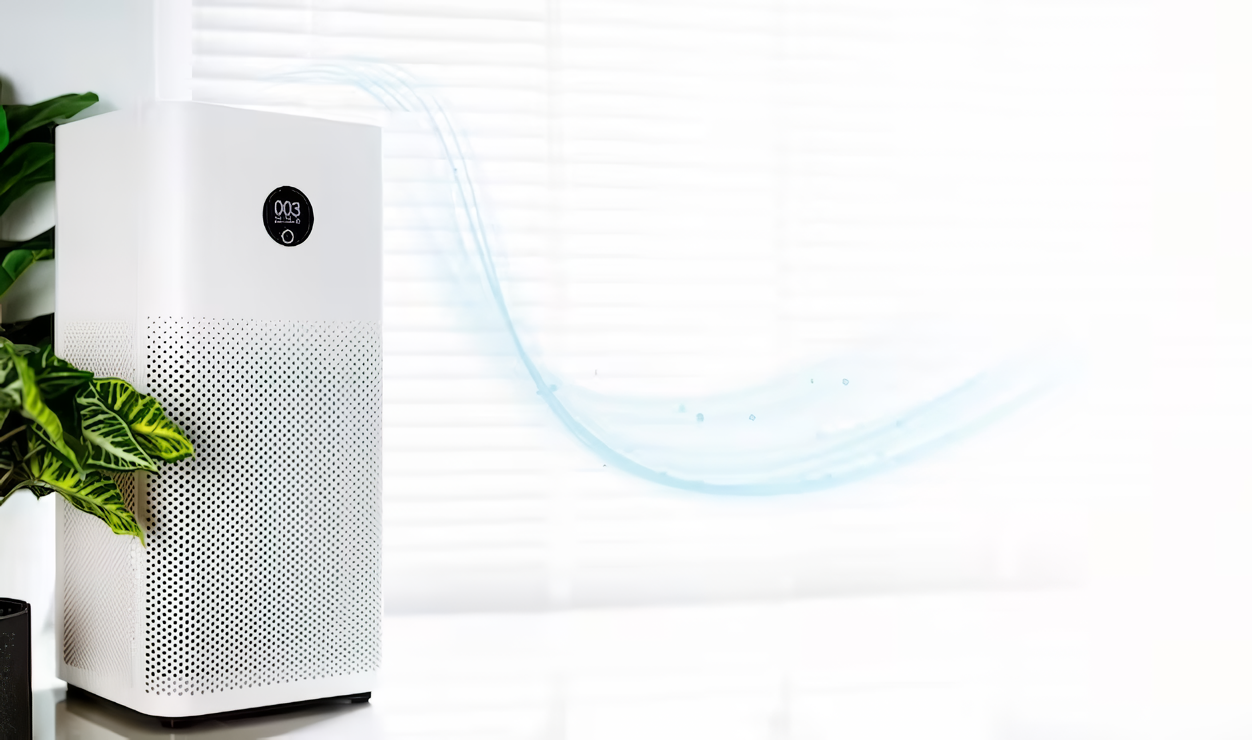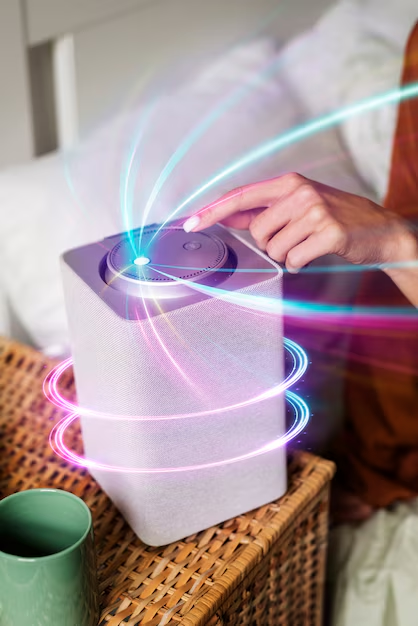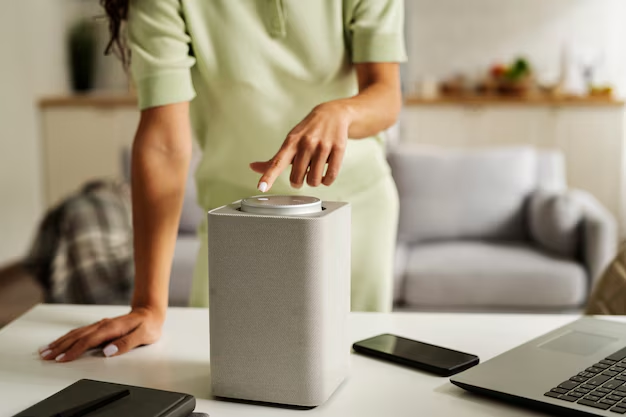Air Purifiers for Allergies and Odours

Find the right area purifier solution for you

"Breathe cleaner, healthier air with our advanced room purifiers designed to eliminate allergens, odors, and pollutants."

Clean air anywhere with this compact, portable air purifier

Our compact vehicle air purifier with carbon activated filtration
TVOC measures all volatile organic compounds in air - invisible gases from paints, cleaners, and building materials. Exposure causes headaches, irritation, and long-term health risks above 250ppb. Monitoring helps identify pollution sources and improve indoor air quality through ventilation.
A key AQI pollutant that accumulates from breathing and combustion, causing drowsiness and poor concentration at elevated levels (≥1,000ppm). While not toxic at typical indoor levels, it indicates poor ventilation and often correlates with other harmful pollutants. High CO₂ reduces cognitive function and signals the need for fresh air circulation
PM2.5 refers to airborne particles smaller than 2.5 microns (like smoke, vehicle exhaust, and industrial emissions) that penetrate deep into lungs and bloodstream. Chronic exposure increases risks of respiratory diseases, heart conditions, and premature death, making it one of the most hazardous AQI pollutants.
PM10 (Particulate Matter 10) consists of airborne particles with a diameter of 10 micrometers or smaller. These particles come from dust, smoke, vehicle emissions, and industrial activities and can pose health risks by penetrating the respiratory system.
Temperature affects air pollution levels by influencing pollutant dispersion and chemical reactions in the atmosphere. Higher temperatures can increase ozone (O₃) formation, while lower temperatures may trap pollutants closer to the ground, worsening air quality.
Humidity is the amount of water vapor in the air. In AQI, high humidity can worsen air pollution by making particles heavier, while low humidity can increase dust and pollutant spread.
Frequently Asked Questions